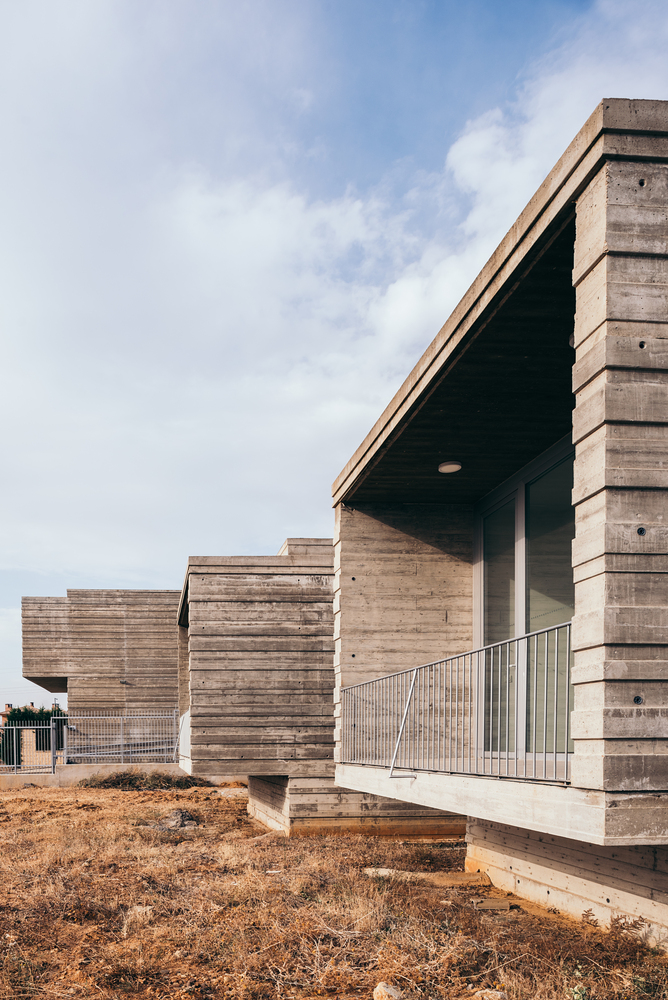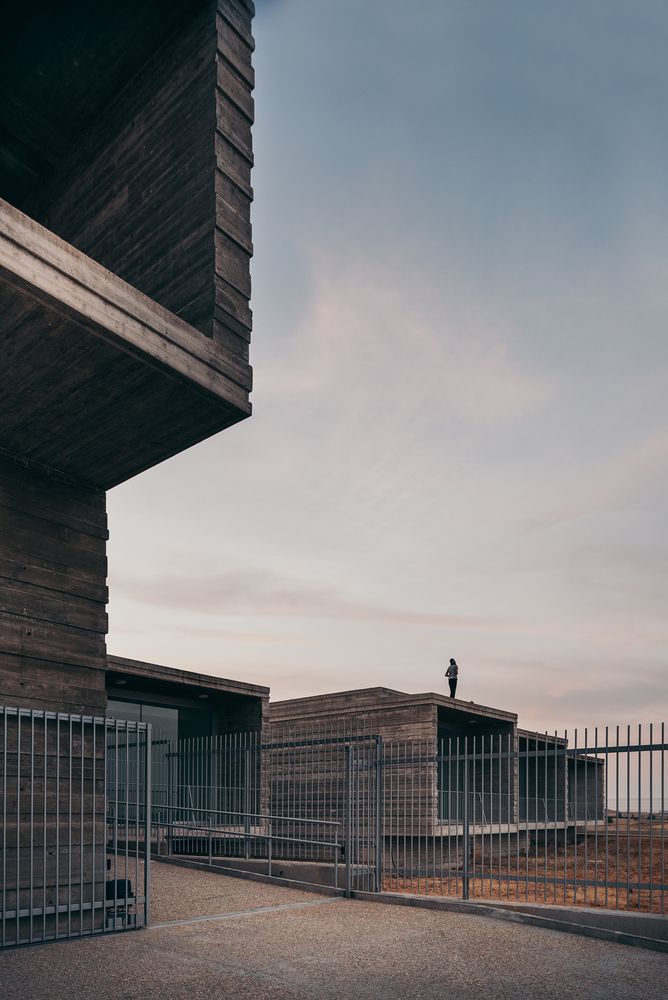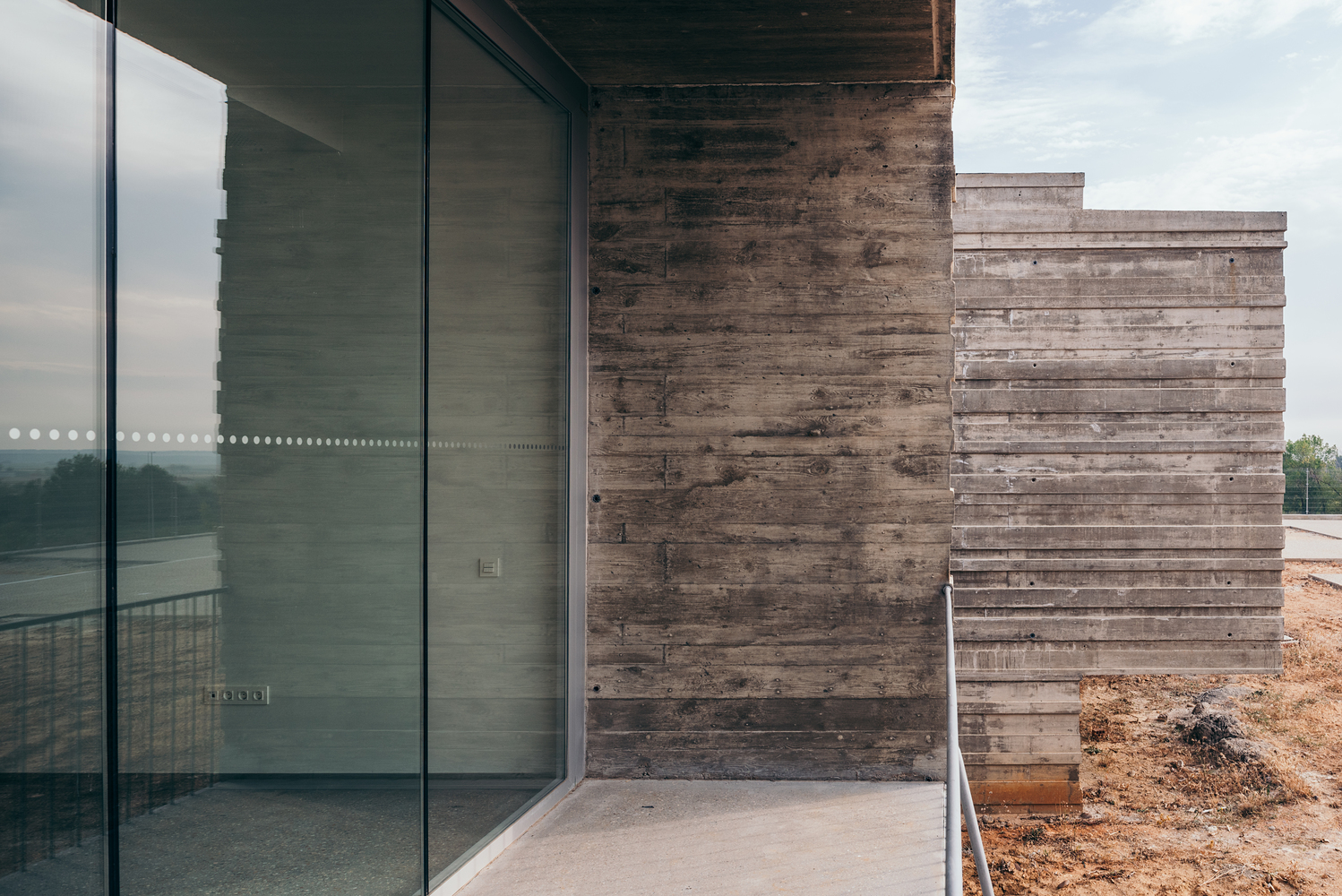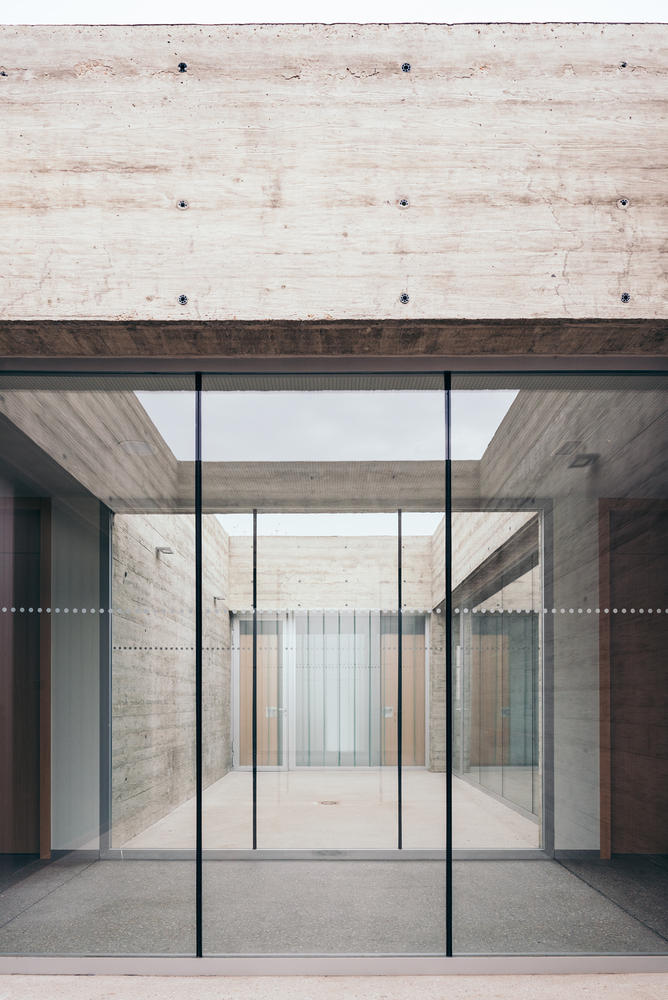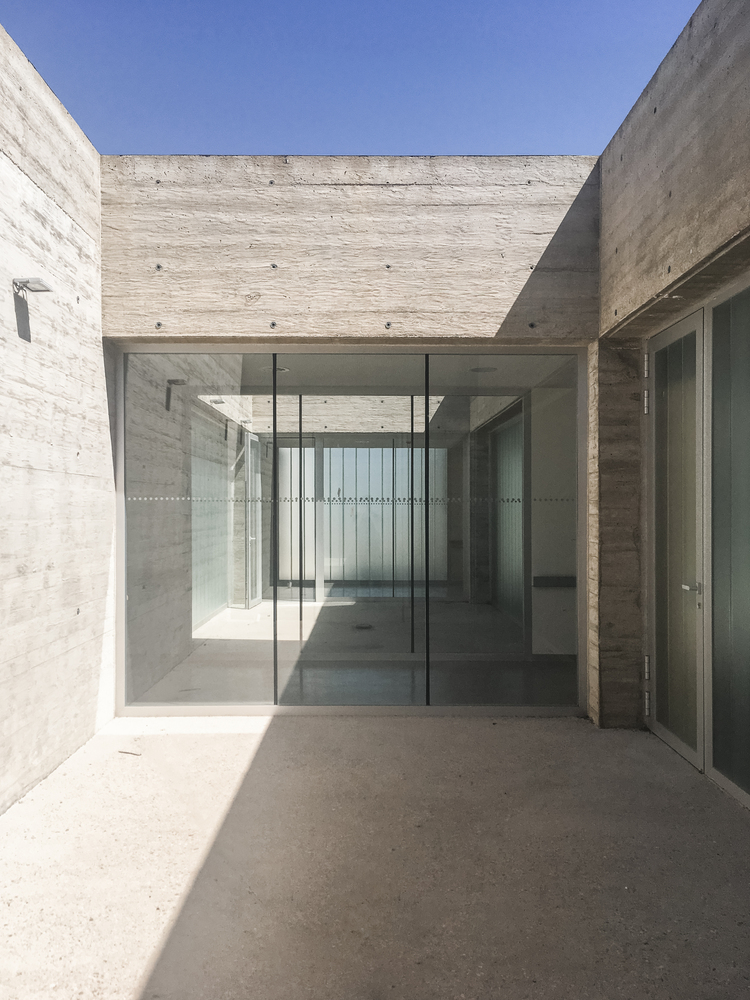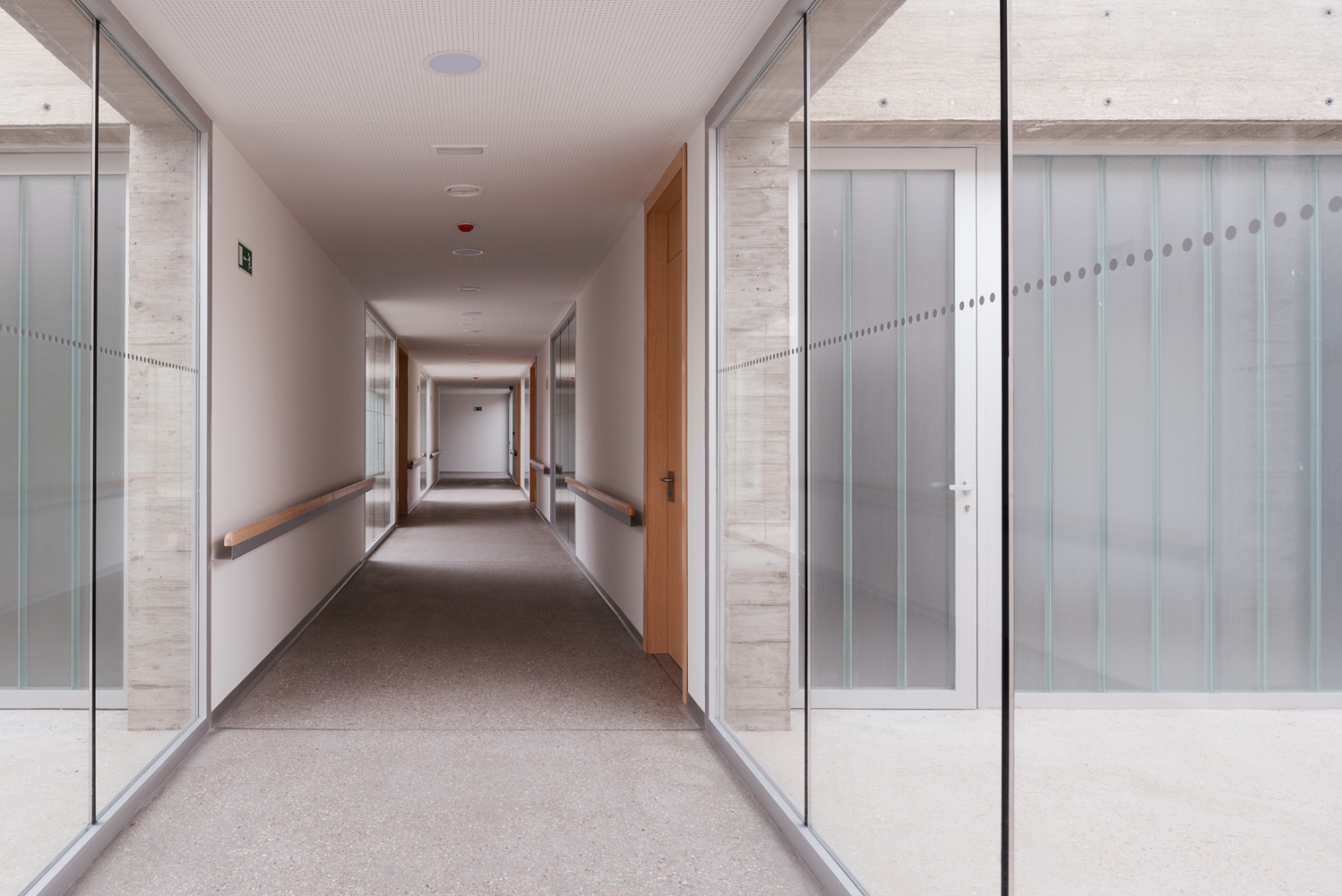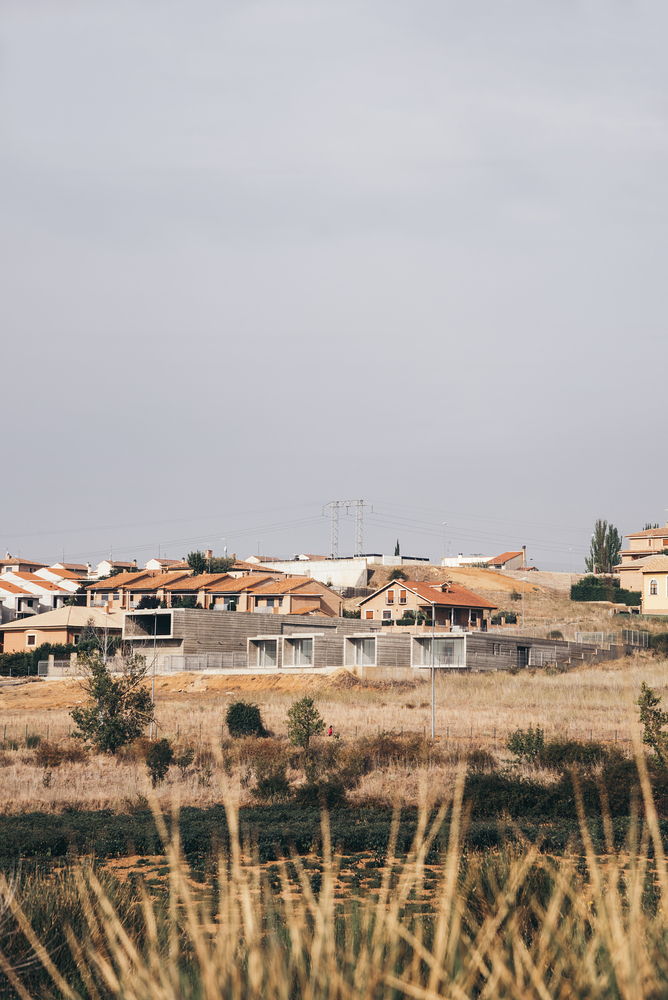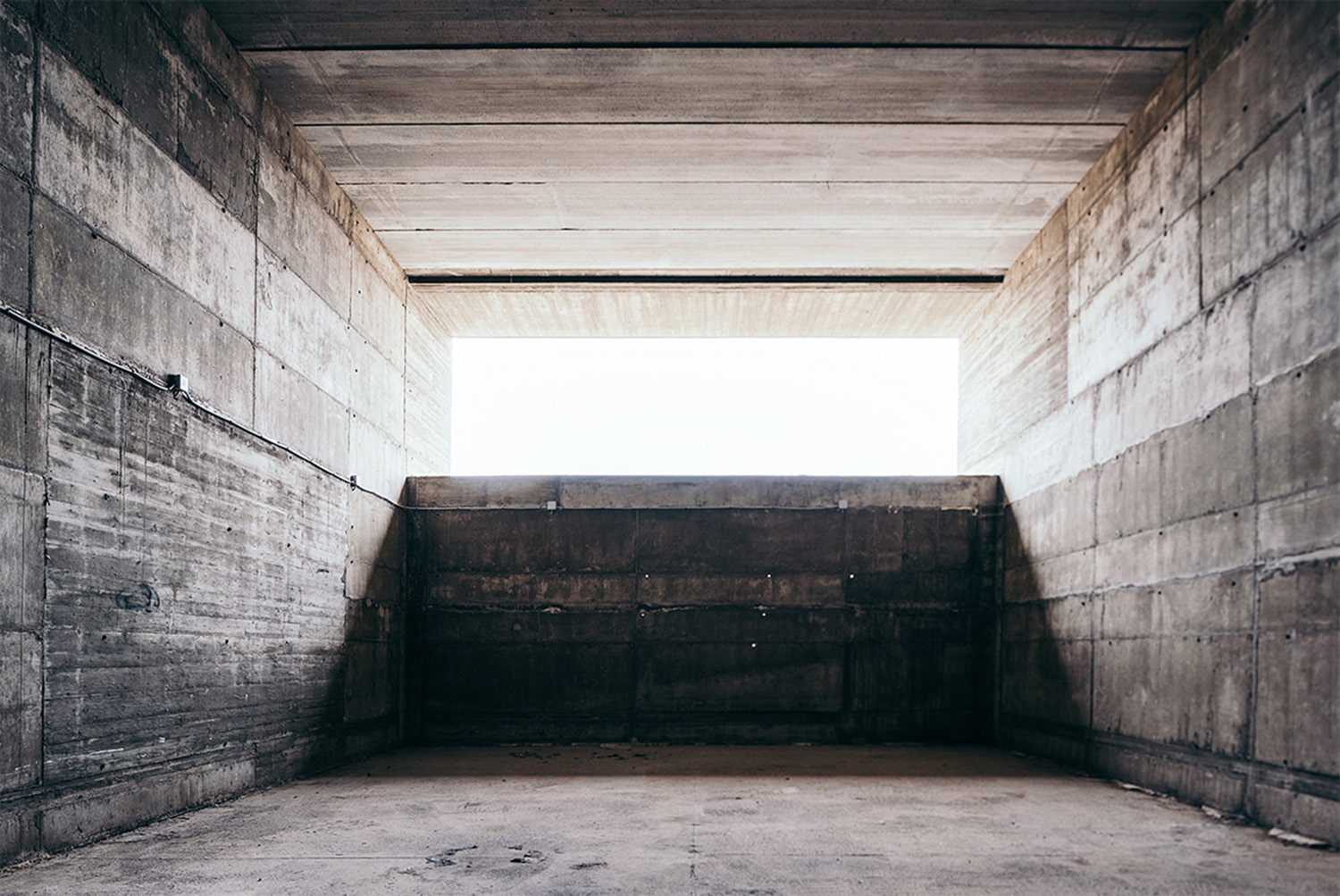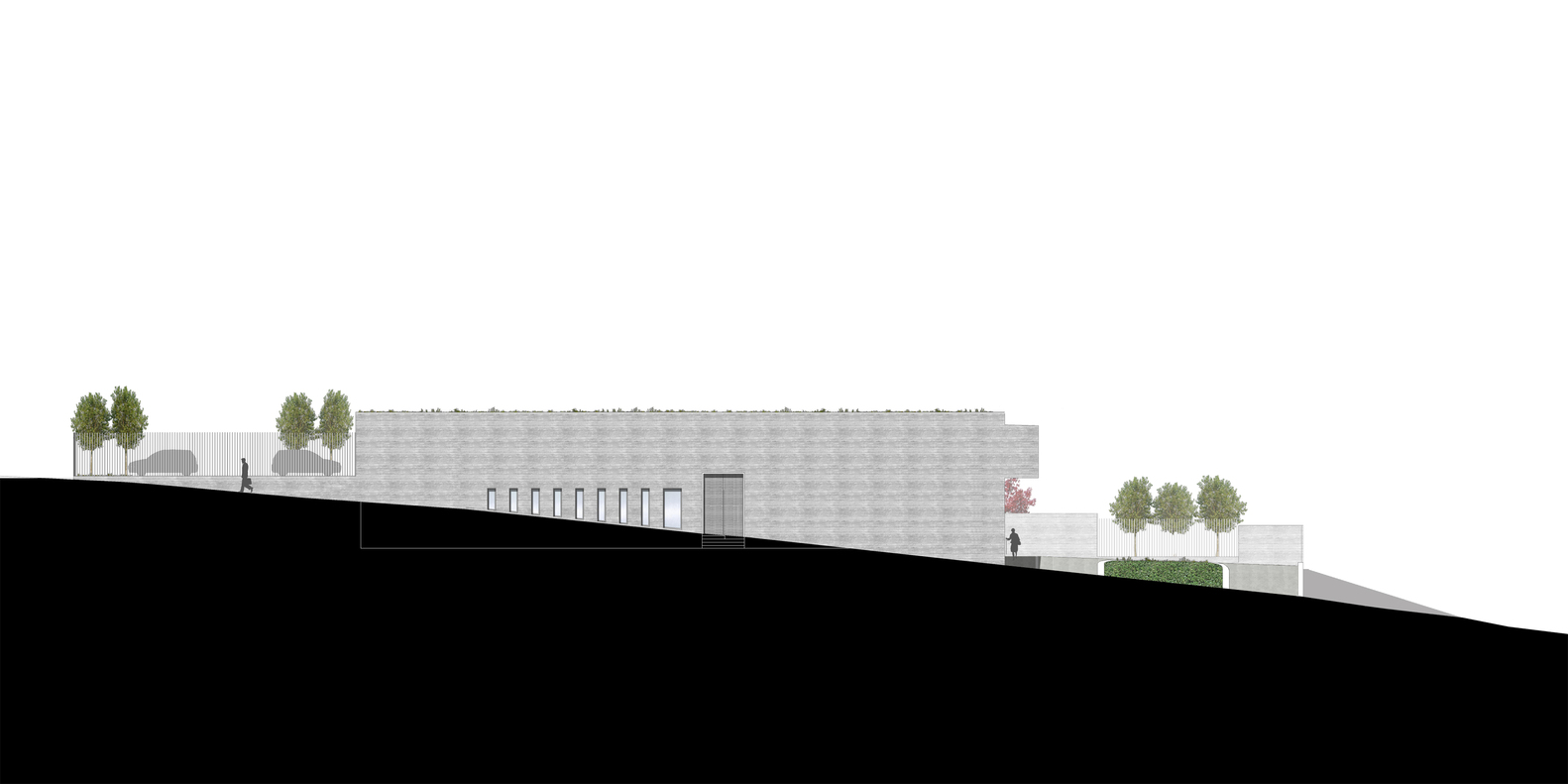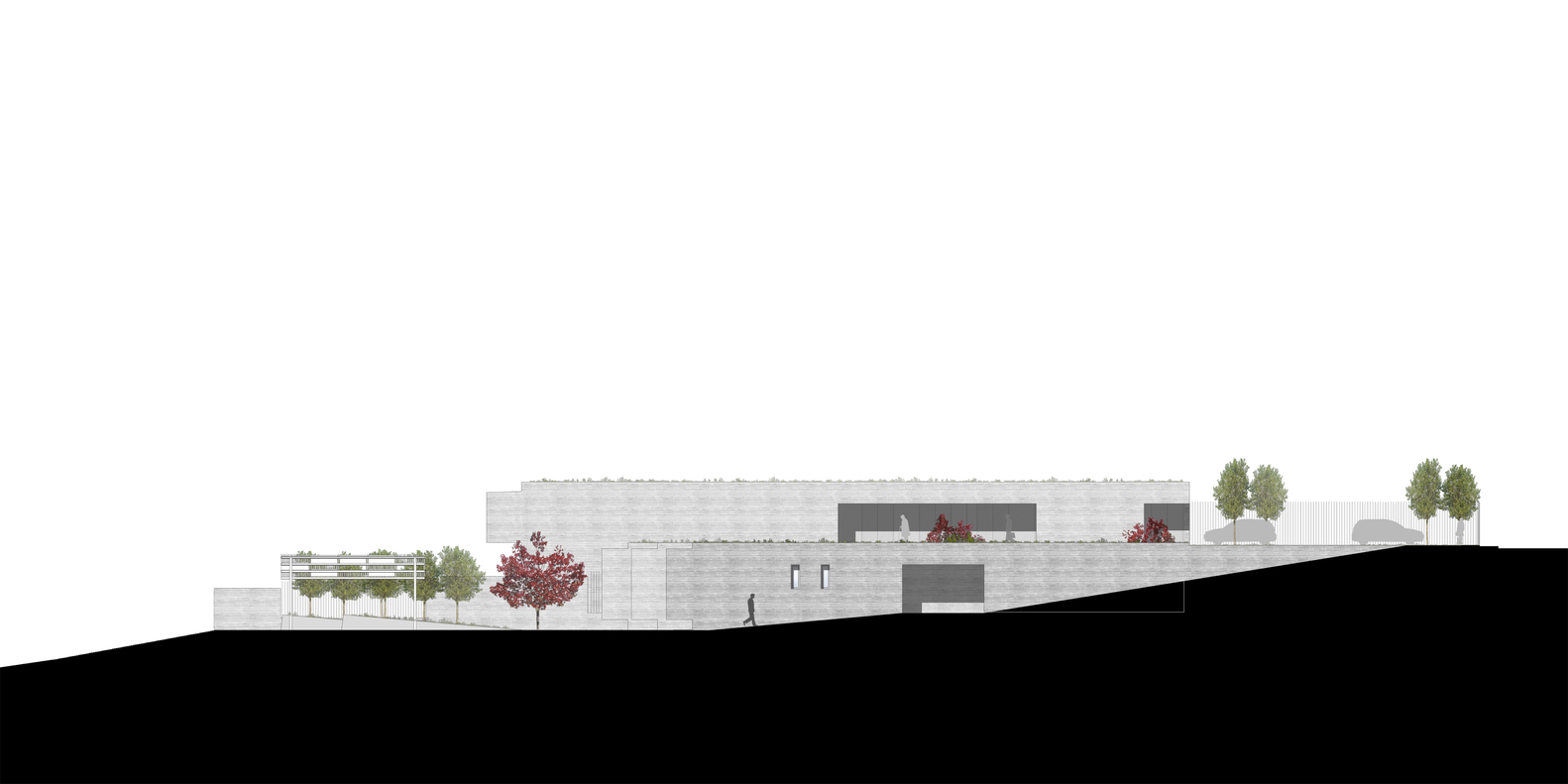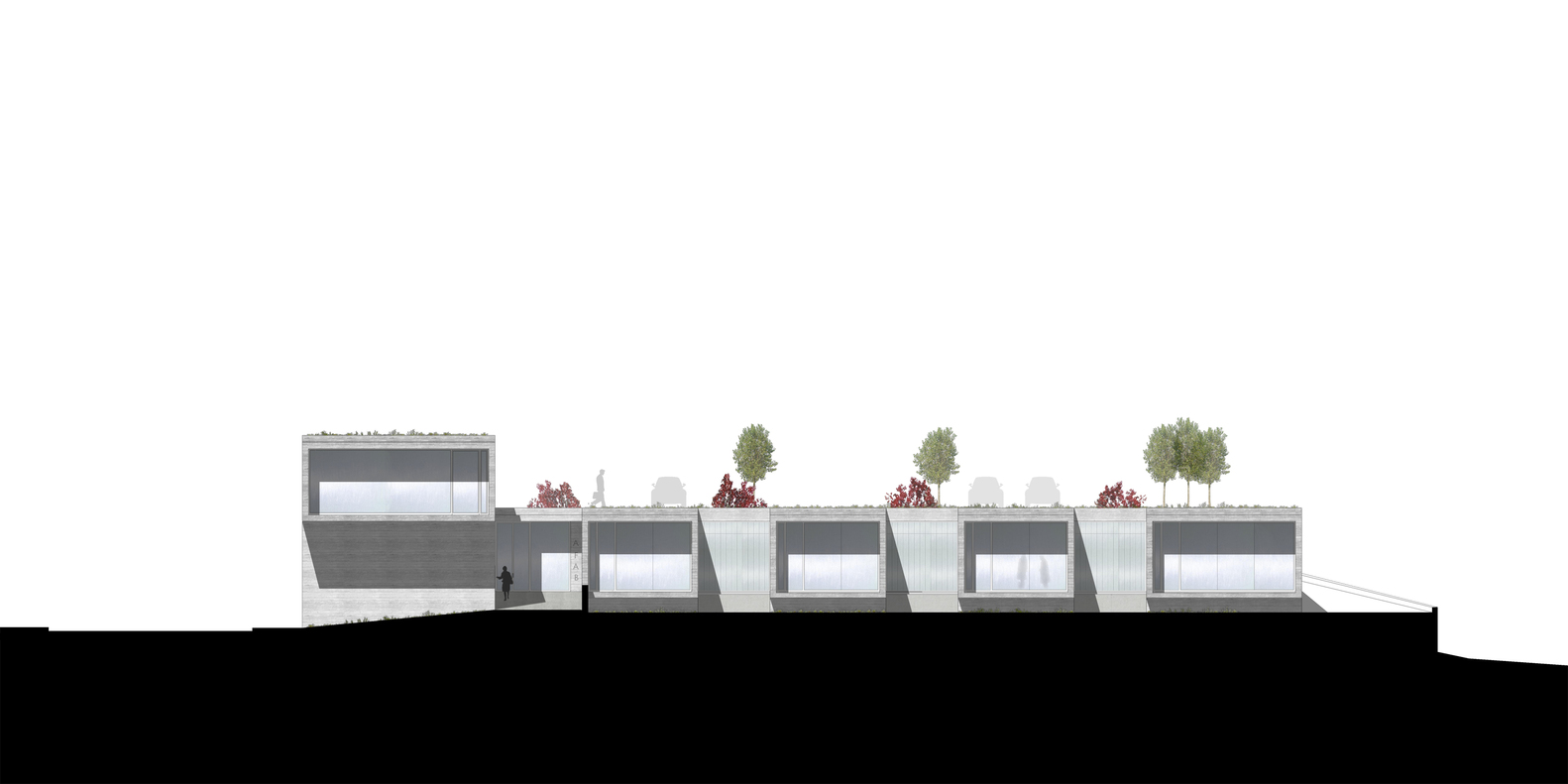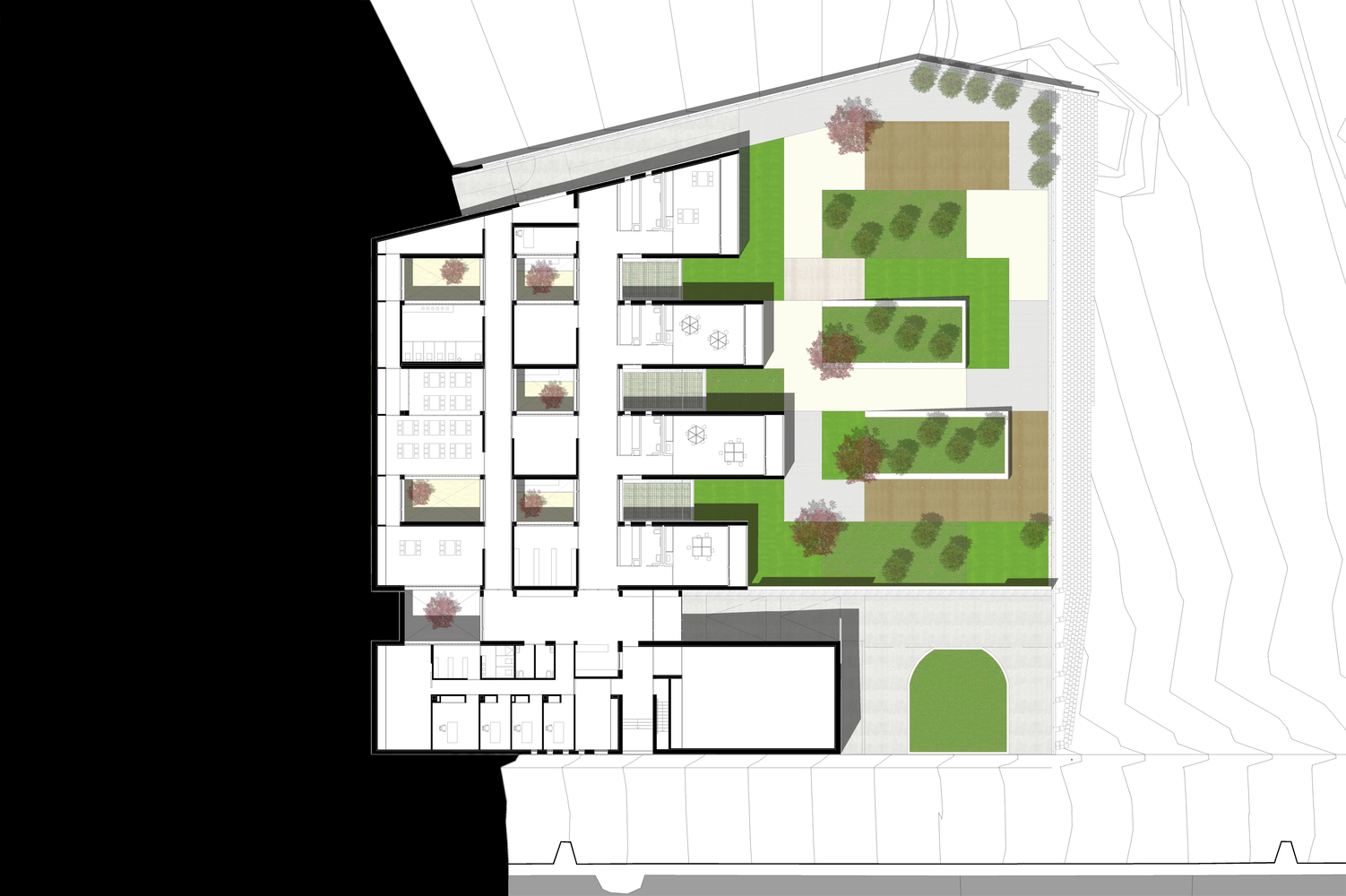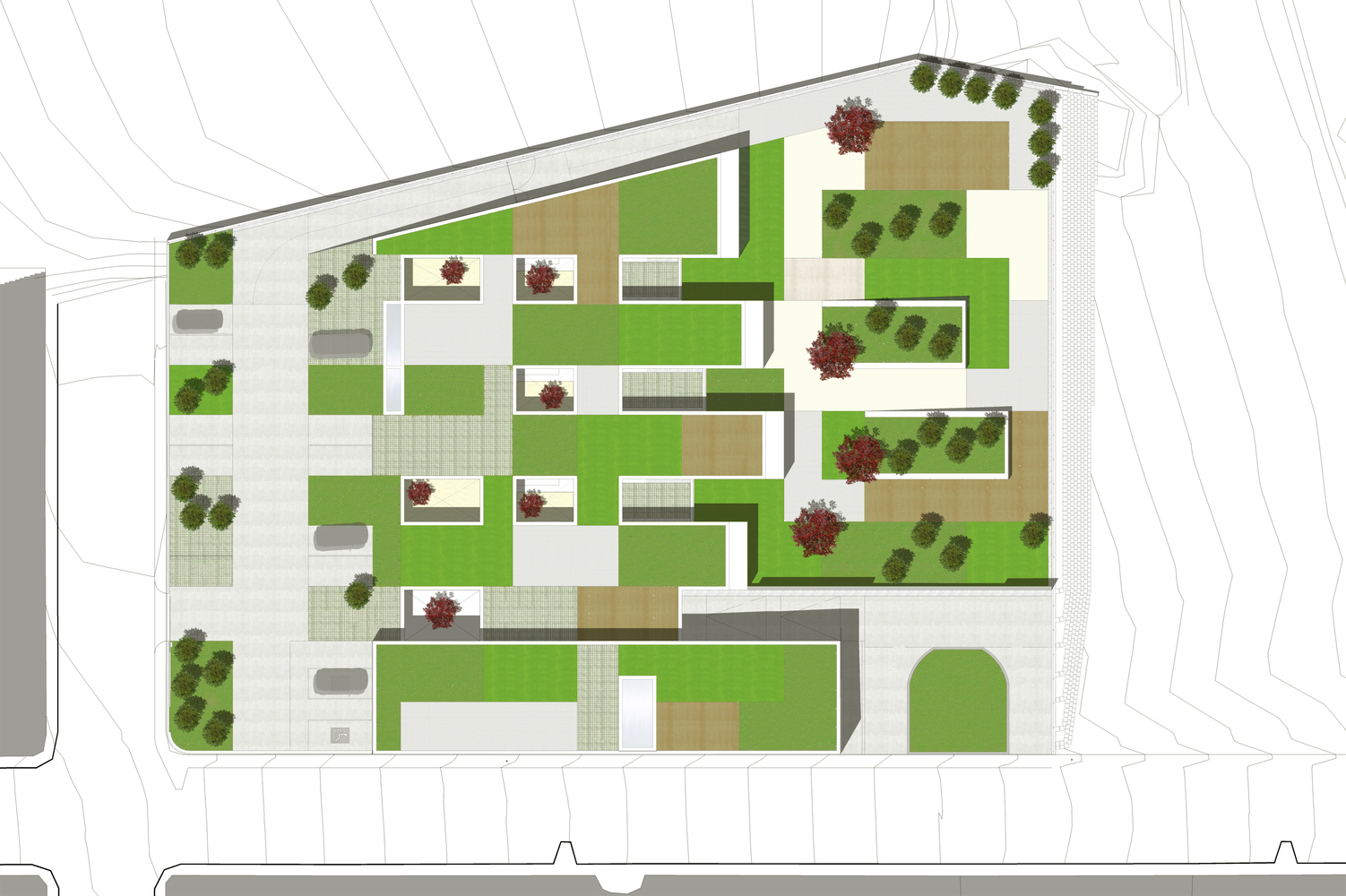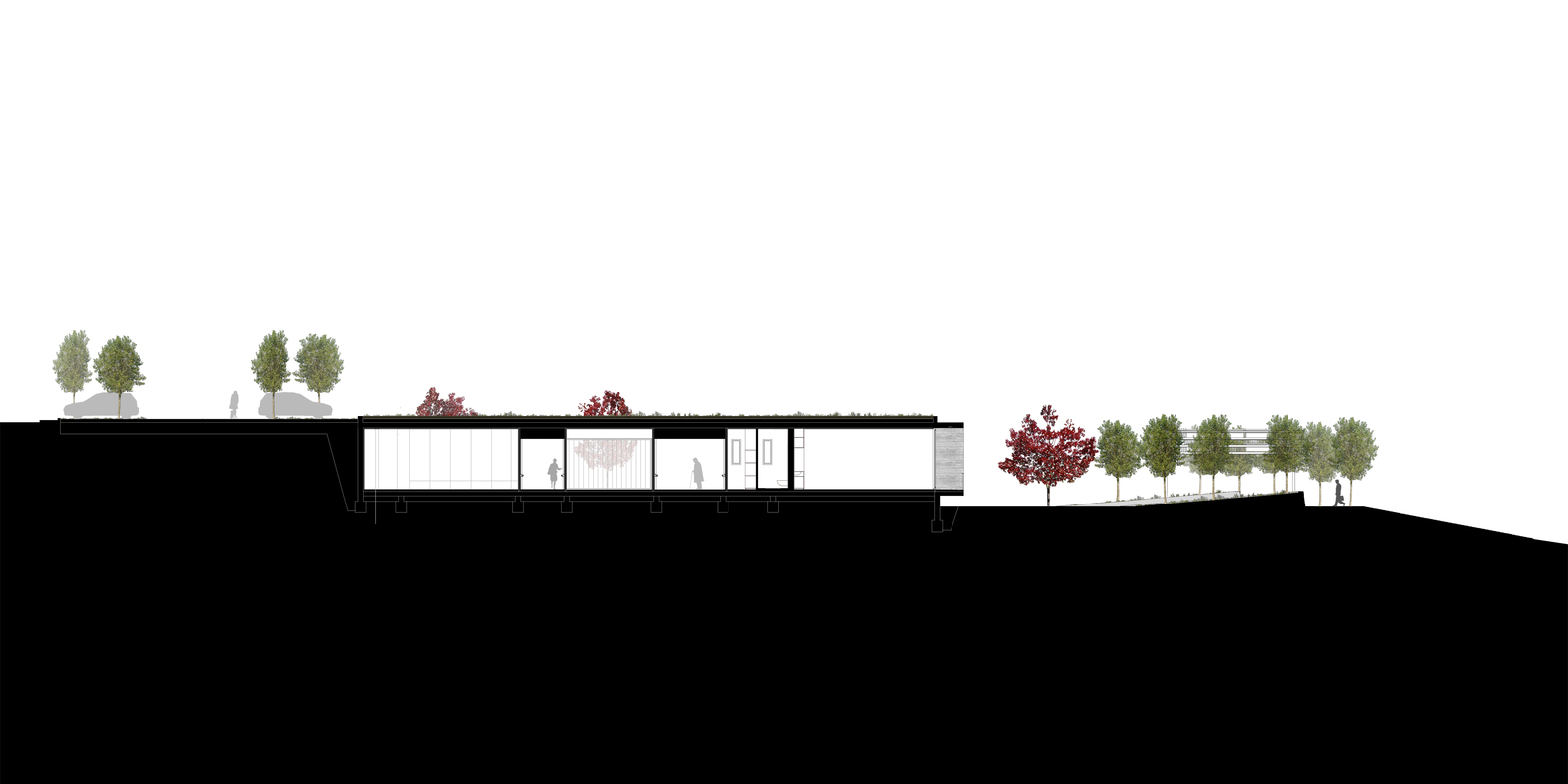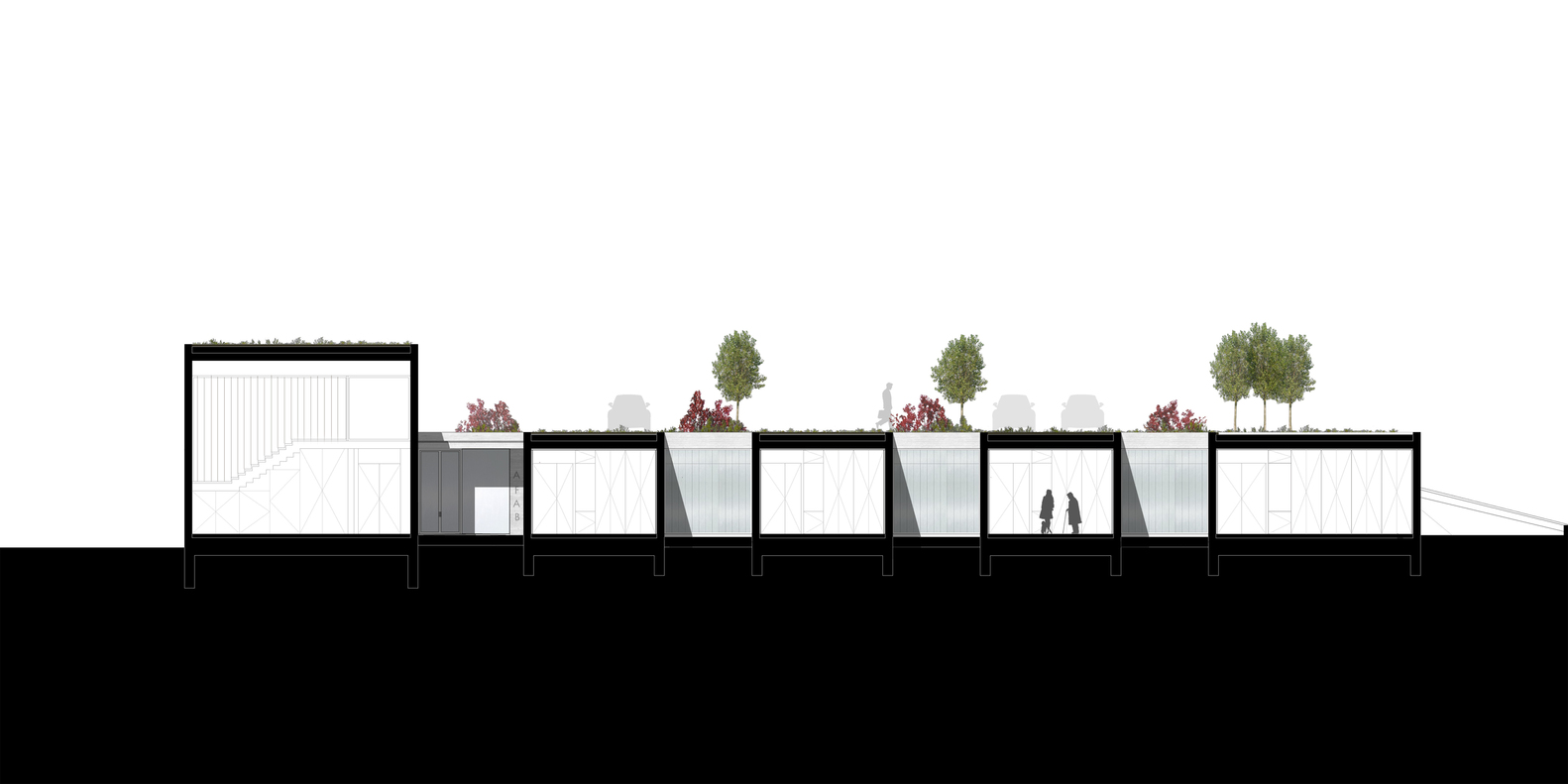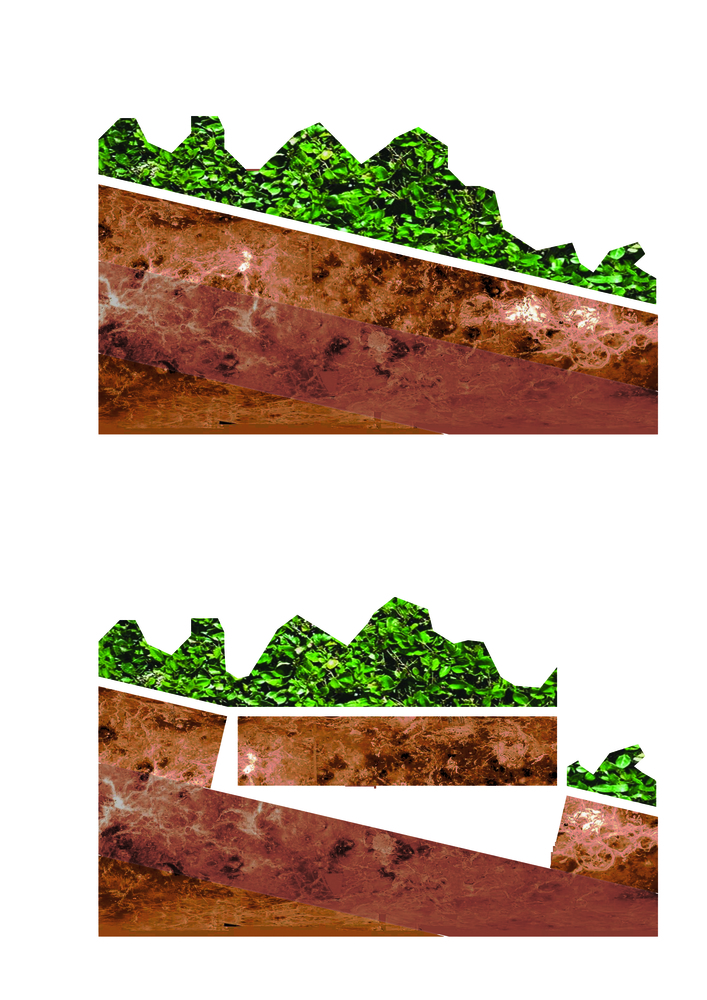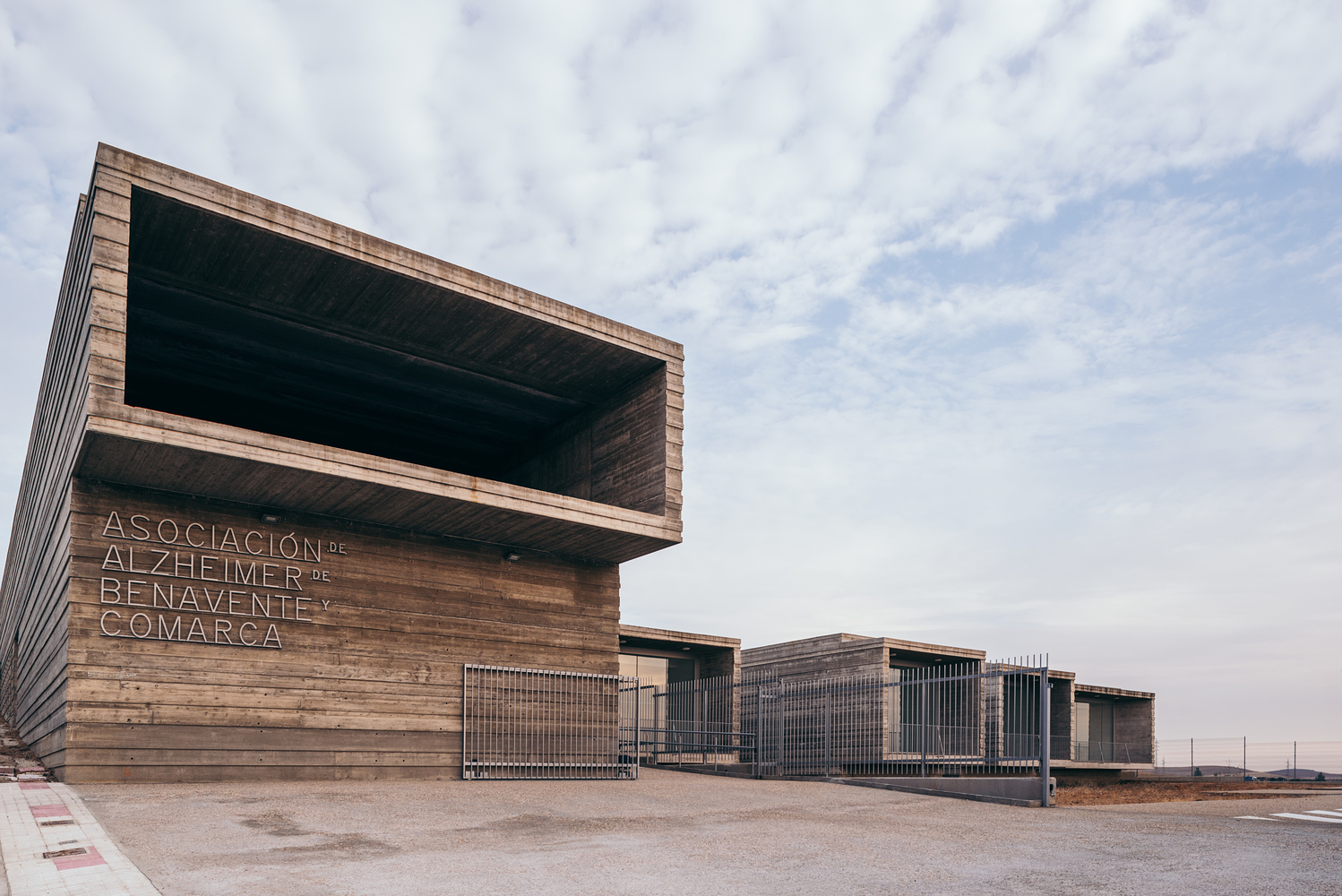
Day Care Center for People with Alzheimer’s Disease / studio VRA
The new Day Care Center for People with Alzheimer’s Disease in Benavente, a municipality located in the north-west
of Spain at 744 m above sea level, was built as a consequence of the aging of the region’s population. Despite the significant growth of this disease in recent years, at the time of the design phase, in 2009, there was no proven design scheme for facilities conceived to host this type of patient. Hence, the initial program only specified the inclusion of spaces for cognitive and physical stimulation activities, a dining area and a rest zone for about fifty users.
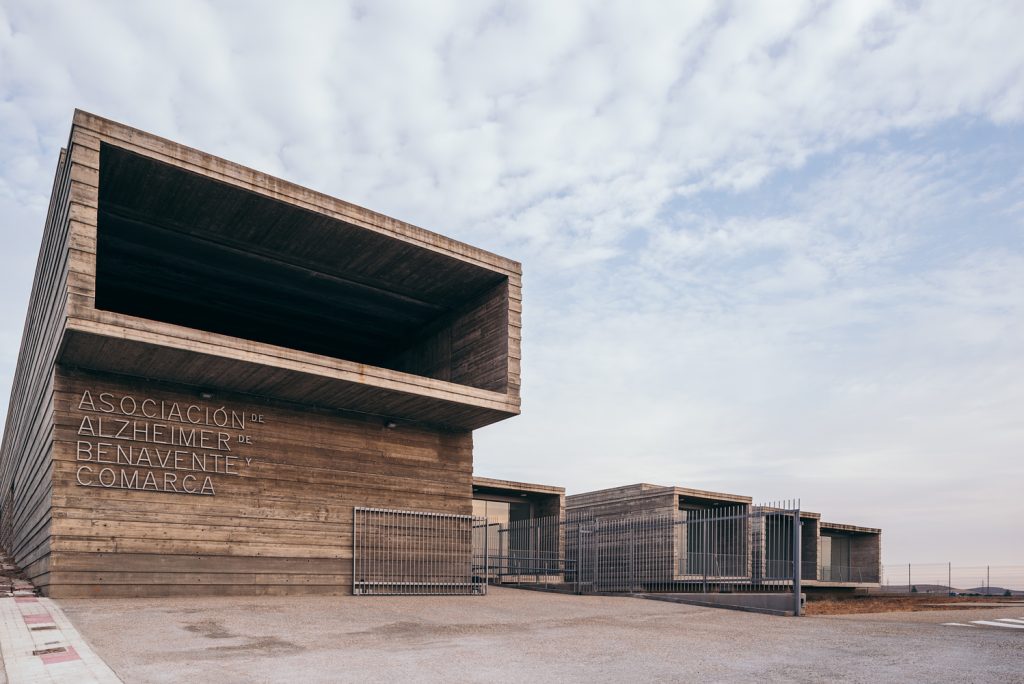
Therefore, the first task for studio VRA of Rubén García Rubio and Sonsoles Vela Navarro, who designed the center, was to understand the logic of this disease and crystallize it into an architectural scheme. Another important starting point was the location of the Center within a territorial and urban boundary situation. On the one hand there was the town of Benavente, located between hills, valleys and plains, on the outskirts of the great Castilian plateau, and crossed by some of the country’s main roads. On the other, there was the lot of the Center, located within a municipal boundary area, on a hill with a steep slope, between an expansion area and farmland.

This condition, which emphasizes the confluence of the different landscapes within the building, informed the decision
to build the 1,470 sqm structure in the upper part of the lot to facilitate the rotation of a stratum and tear the slope, with the aim to create a new plain area. Part of that stratum then rises another level vertically to protect the building on its urban front and, once on the surface, it is excavated to accommodate the different spaces of the Center.
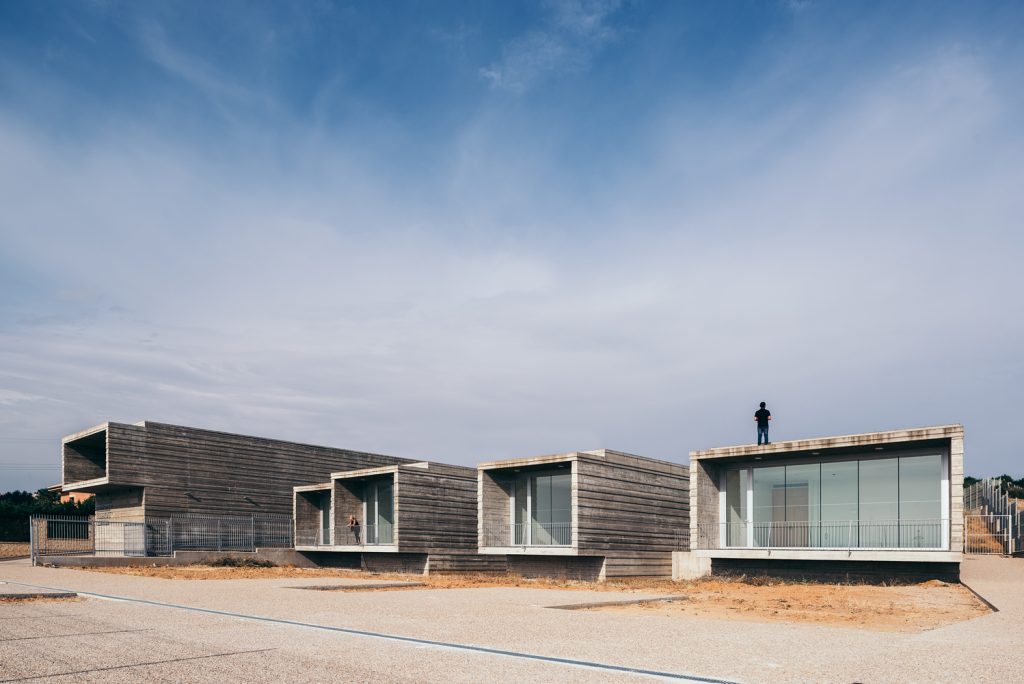
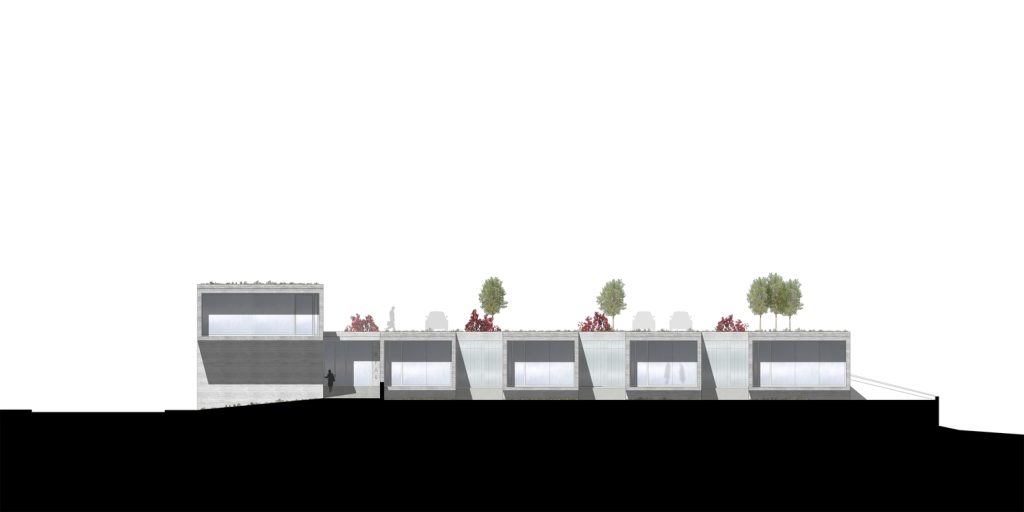
In this way, the designers have defined a new horizon, which symbolizes the dialogue both with the community, in solidarity with those suffering from this disease, and with the landscape, turned into a reassuring and benevolent external observer.
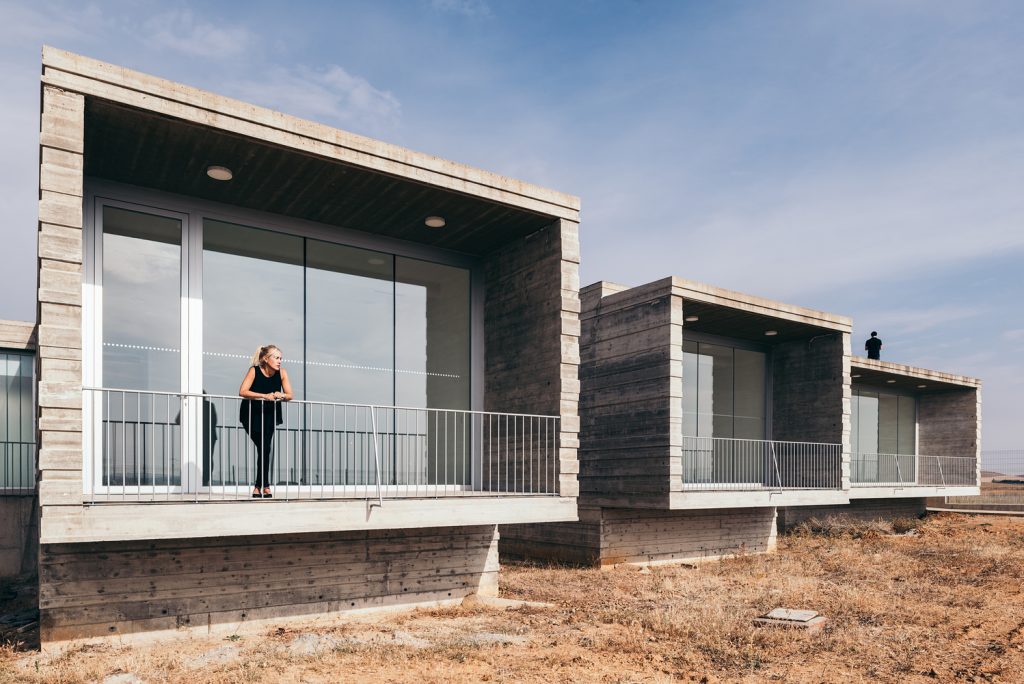
The interior of the Benavente Day Care Center for People with Alzheimer’s Disease is divided into four zones according to their different functions and required degrees of privacy. On the one hand, two large retaining walls extend outwards to mark the entrance and separate the administrative and multifunctional public spaces from the private ones. These spaces are articulated around two large corridors, the diversity of which supports the spatial orientation of the visitors.
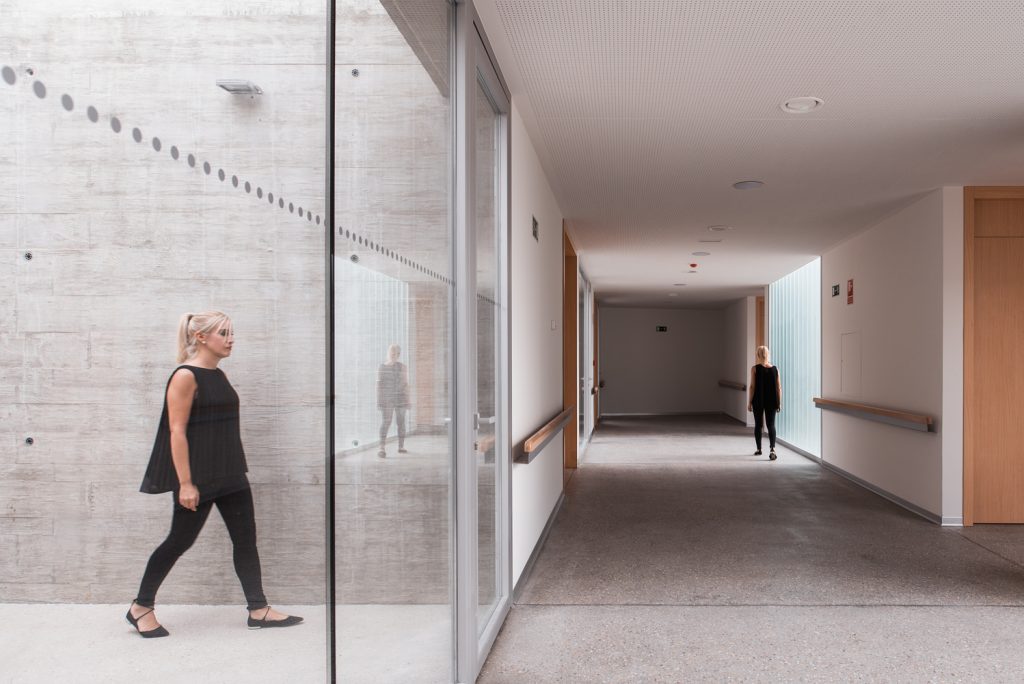
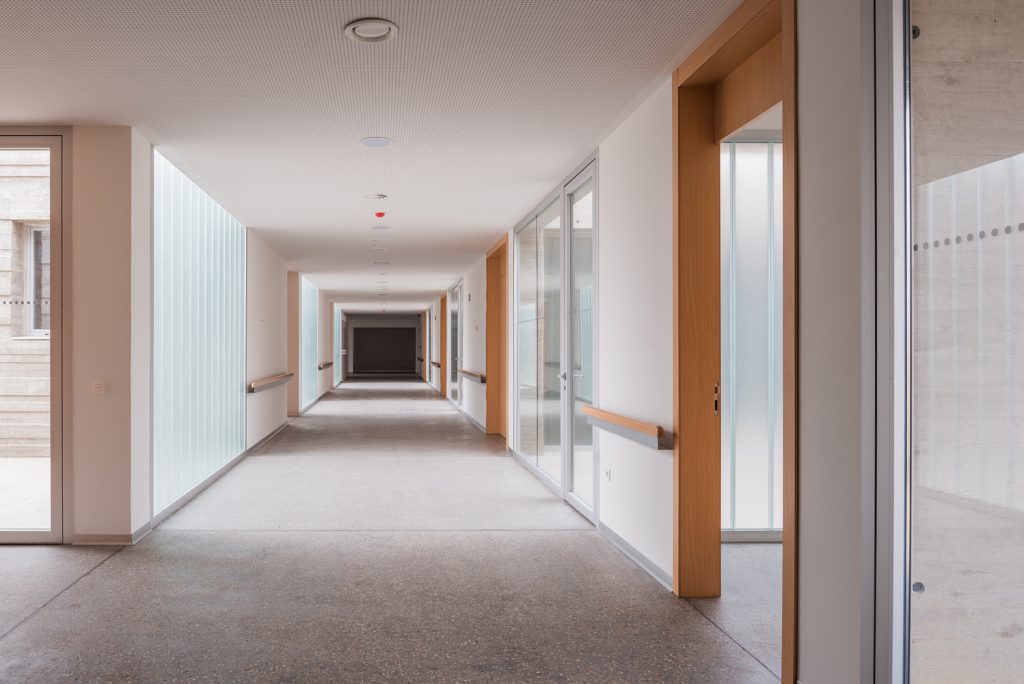
From each of them, conceived as the most important therapeutic rooms of the structure, the other private spaces can be accessed: one provides access to the most frequently used rooms – classrooms, geriatric bathrooms, courtyards – and the other to the less used ones – dining area, rest area. Designed according to the specific needs of people with Alzheimer’s Disease, the Center features a clear scheme that optimizes the operation of the building, allowing for simple, simultaneous and independent use of the different areas and a maximized use of its energy resources.

A great significance was given to the spatial and furnishing elements inside the building, which help to qualify the space and make it more recognizable and comfortable for the user. Some examples are the continuous railings in the corridors, the courtyards that allow patients to engage in activities in open clean air and natural lighting, the large two-level garden – the upper level of which extends over the green roof of the building – or the use of materials that improve the comfort of the patients and the use of the Center.

The location of the classrooms, which feature large windows, was conceived to assure a continuous connection with the landscape, with the natural one and with the one of the memory.
